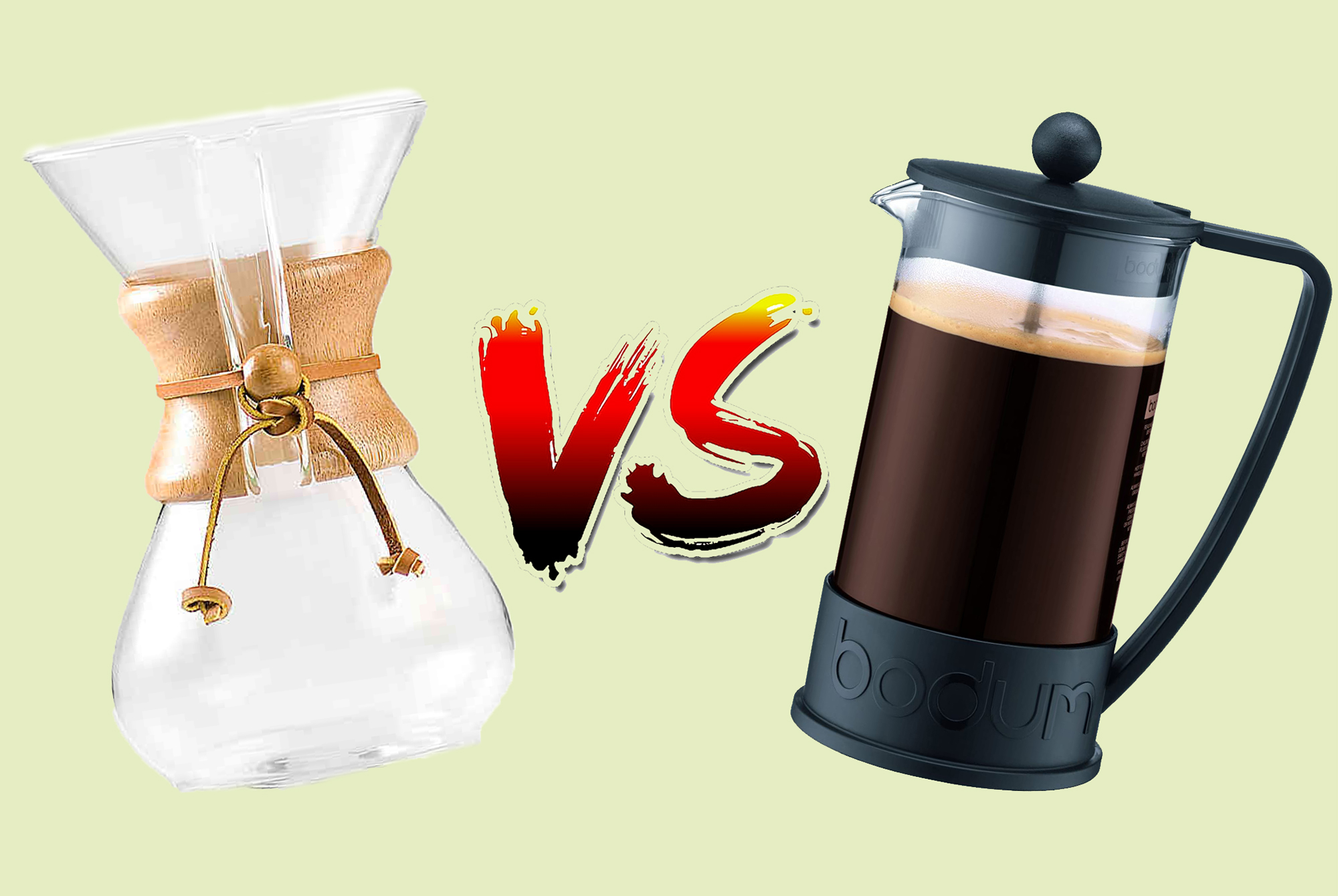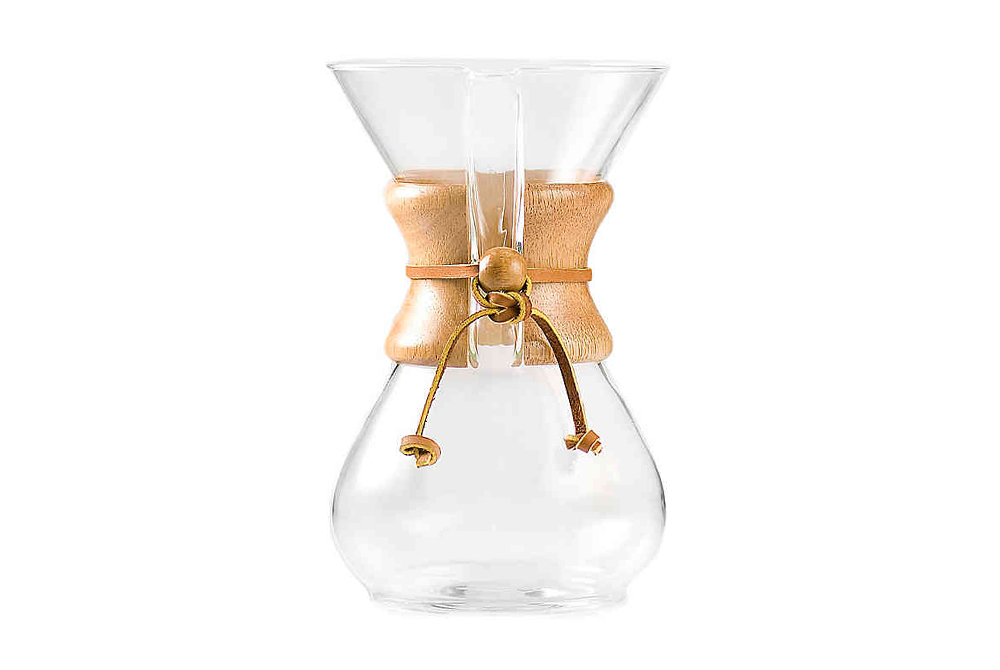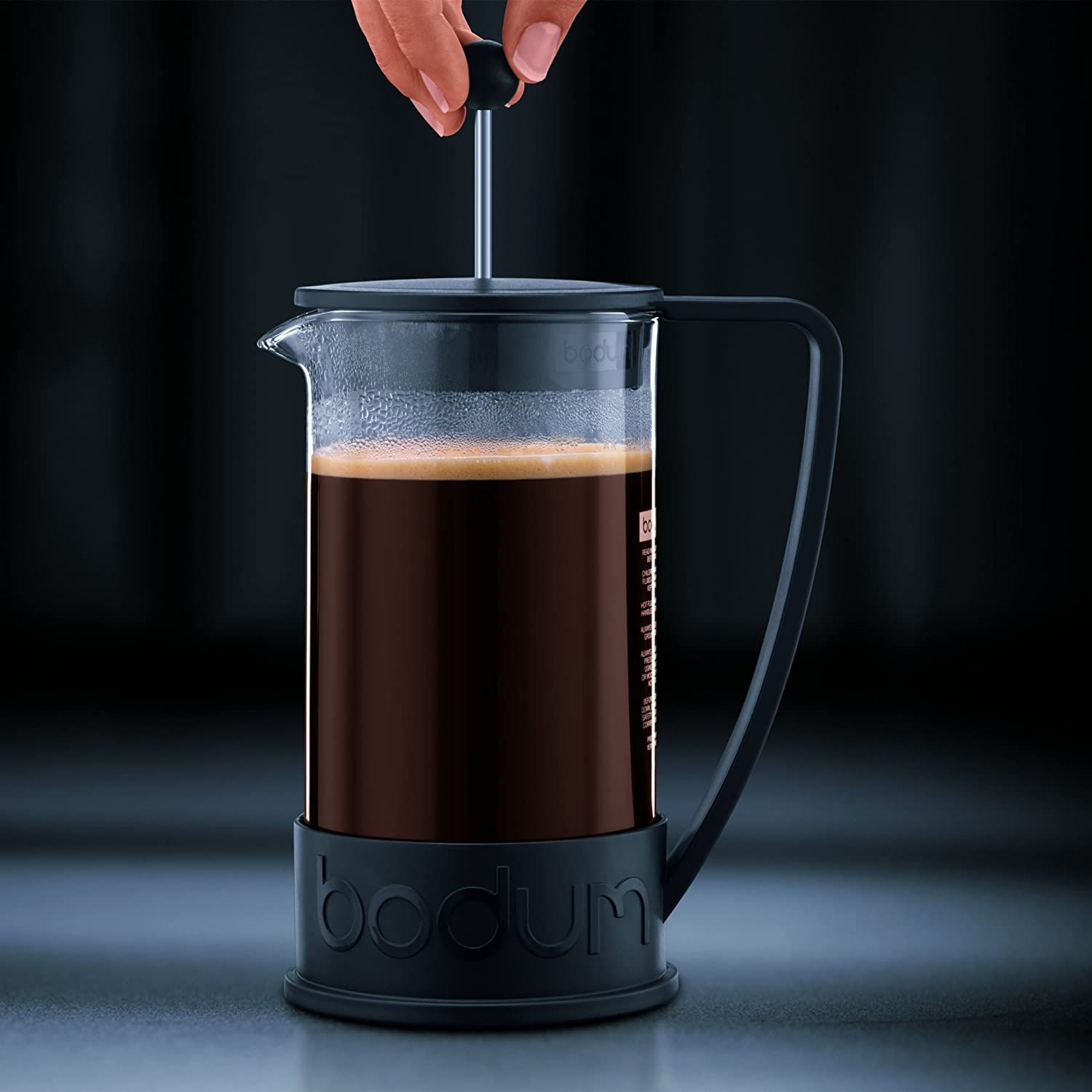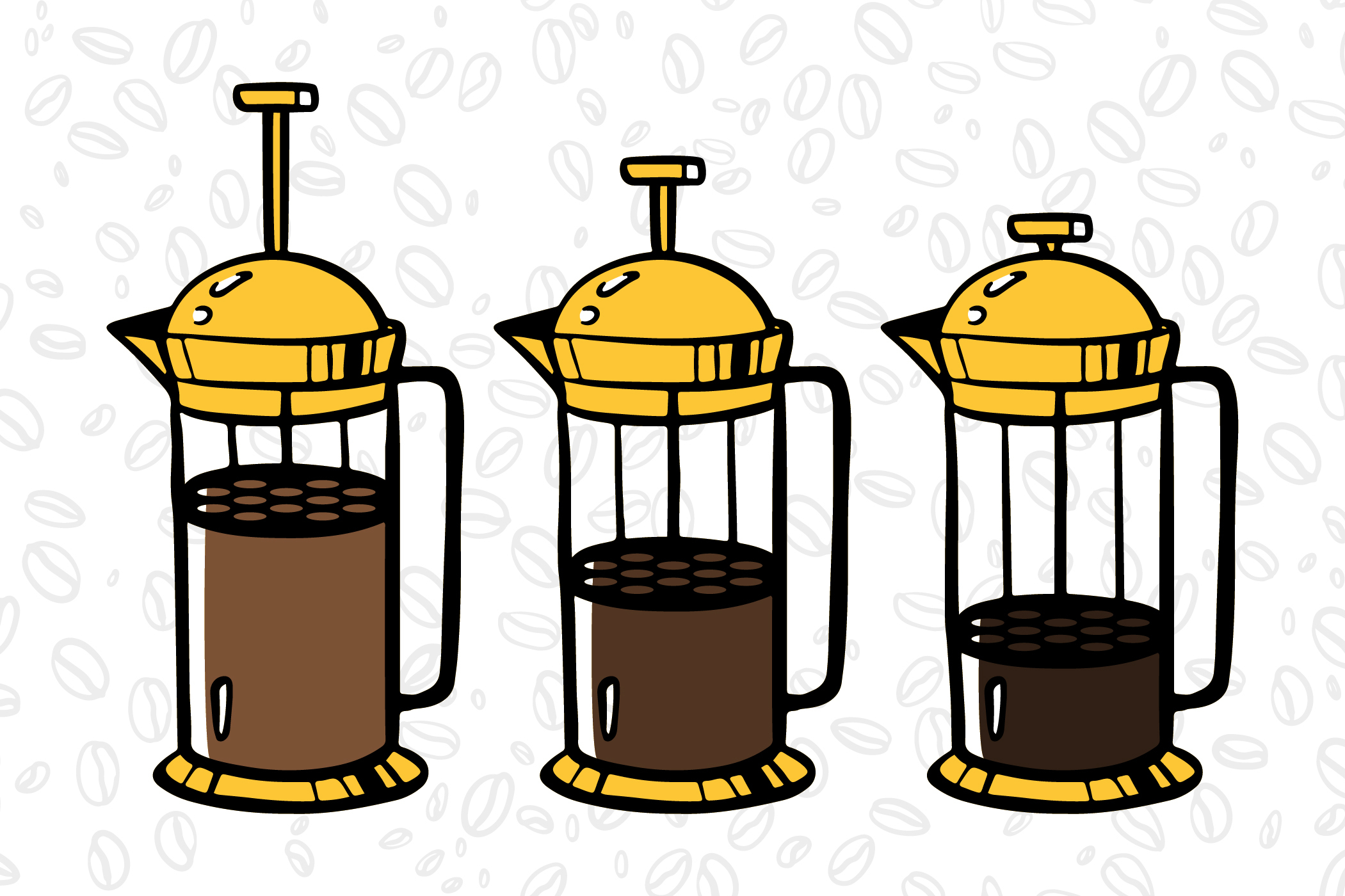Shop
Chemex vs French Press: Which Is Better?
The matchup of the century.
If the first thing you do after your alarm rings is boil water, then you’re probably like us — caffeine lovers. At Hop Culture, we have a deep respect for all beverages, including coffee. We’re constantly looking for the next amazing cup. In the office, our caffeine quest boils down to one question: in the contest that is the Chemex vs the French Press, which is better?
While both brewing methods are relatively simple, it’s the extraction that sets them apart. Where the Chemex asks you to pour over, a French Press has you plunge. Each method produces a distinctly different cup of java.
While both the Chemex and the French Press have their lovers and haters, we decided to take this brewhaha head-to-head. Which is better: the Chemex or the French Press?
Why The Chemex Is Better Than The French Press
The brainchild of Dr. Peter J. Schlumbohm, Ph.D. in Chemistry, the Chemex was inspired by laboratory equipment. The device first came on the scene in 1941. Since that time, it has become a darling of the caffeine community. To brew using the Chemex, you place a special bonded paper filter in the top funnel, add your medium-coarse ground coffee, and pour water in a circular motion over the grounds. After you’ve made your cup, simply throw out the paper with the grounds and rinse the glass.
Chemex Coffee Is Incredibly Clean
Unlike the French Press, the Chemex uses a paper filter. And yet, unlike a drip coffee machine — which also uses a paper filter — Chemex filters are made from specially bonded paper. While this adds to the expense of every Chemex cup, the special paper reduces the pass through of bitter solubles. The result? An extremely bright, delicate cup of coffee.
The Chemex Accentuates Delicate Flavor Notes
If you’ve ever heard connoisseurs wax poetic about the jasmine, citrus, or blackberry notes in their cup — but you only taste coffee — it’s probably because you’re not drinking Chemex. The filters remove much of a coffee’s body, allowing more delicate notes to take center stage. This quality is especially pronounced in the more floral coffees that come from Africa.
The Chemex Prevents Grit
Anyone who has used a French Press knows about the gross, sandy sediment that settles on the bottom of every cup. This is because even the most tightly woven French Press screens aren’t small enough to prevent tiny coffee grounds from slipping through. However, the Chemex uses thick paper filters that prevent that grit from getting into your cup.
The Chemex Is A Conversation Piece
A French Press is boring. For the same price, why not get something that starts a conversation every time someone enters your kitchen? The glass-and-wood Chemex is aesthetically pleasing. It’s something you’ll want to display. As a bonus, every time you use it, you’ll feel like a talented chemist.
Why The French Press Is Better Than The Chemex
Interestingly enough, the French Press was actually created by an Italian — Paolini Ugo. Patented in 1929, the French Press became a fixture throughout Europe, especially in France (hence the name). The brewing process is simple. Place coarse ground coffee in the bottom of the French Press, add hot water, wait a couple minutes, and plunge.
The French Press Showcases a Richer, Full-Bodied Brew
True to its name, the French Press focuses on “pressing” or “plunging” steeped coffee grounds, extracting as much rich flavor as possible from your beans. Since the hot water stays in contact with your grounds from beginning to end, you can control how strong you’d like to make your brew.
French Press Coffee Captures Essential Coffee Oils
While those special Chemex papers certainly do screen out some of the extra coffee particles, they also filter out essential coffee oils. The French Press captures everything in your beans, from the oils right down to the grit. Yes, that grit at the end is really just extra flavor. Think of it like the sediment at the bottom of a mixed fermentation or Belgian beer. It’s completely normal and adds nuance.
The French Press Is Versatile
Slightly smaller than a Chemex and usually made from more durable materials, the French Press is much easier to take on the go. Although beautiful, the Chemex’s glass design makes it a fragile piece of equipment. Depending on the size of the French Press that you choose, you can brew anywhere from eight to thirty-six ounces all in one go, meaning you can turn your morning cup of joe into an afternoon or evening cup too. Plus, you can use those extra grounds to make cold brew. I like to empty the leftover beans into a mason jar, fill to the top with cold water, and soak overnight. Voila — with one elegant contraption you’ve made hot coffee and cold brew for the next few days.
The French Press Brews an Affordable Cup of Coffee
While the Chemex is certainly a stunning piece of equipment, it’s also an expensive one. Hovering around $40 for the equipment and usually over $10 for a box of those special bonded paper filters, Chemex is certainly not a cheap endeavor for your caffeine habit. You can find affordable and stylish French Presses such as my favorite version from the Danish design agency, Bodum, that will set you back less than $20. And, the best part? You’ll never need to buy a box of filters again.
Unless otherwise noted, all of the products featured on Hop Culture are independently chosen by our editorial team. However, Hop Culture may earn a commission from purchases made through affiliate links on the site.
Liked this article? Sign up for our newsletter to get the best craft beer writing on the web delivered straight to your inbox.







